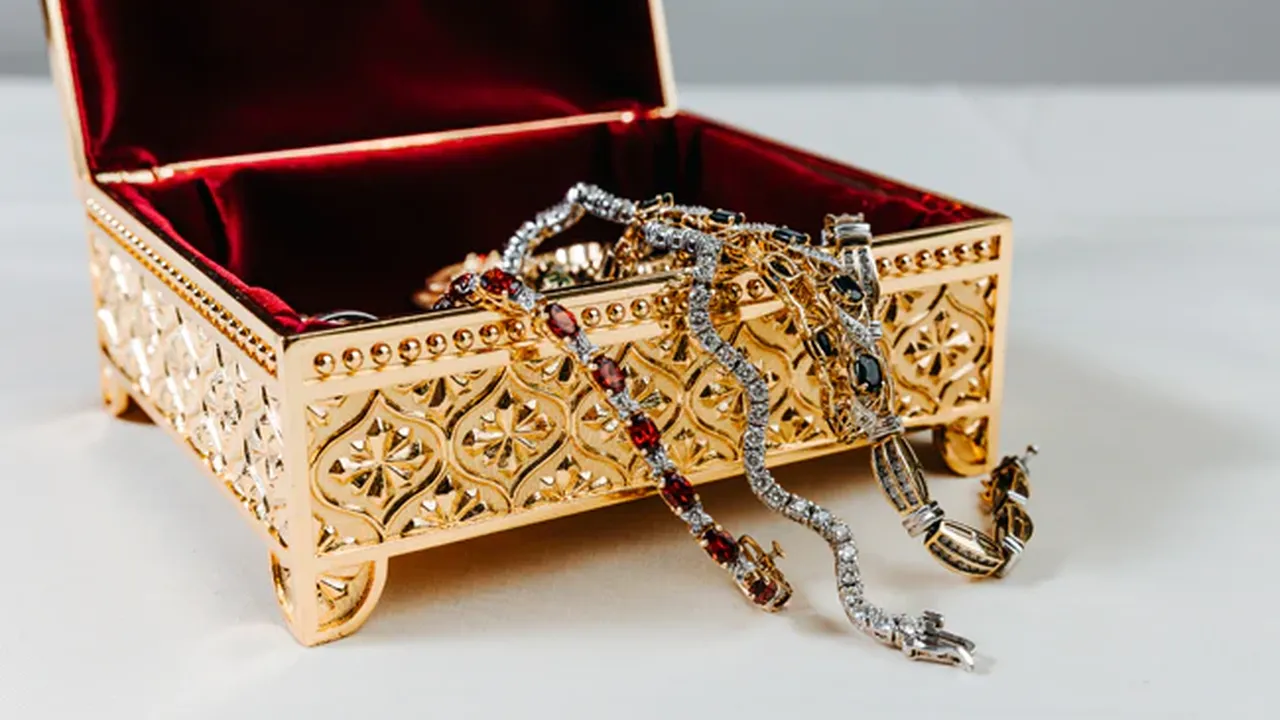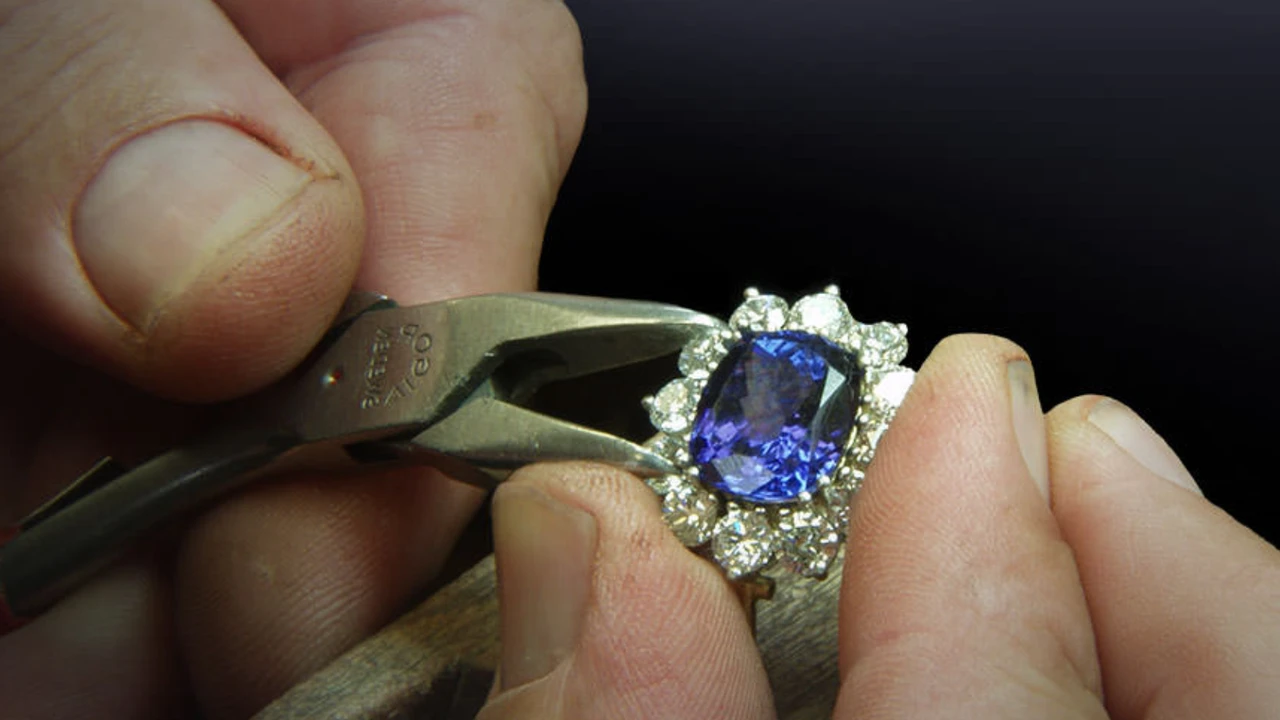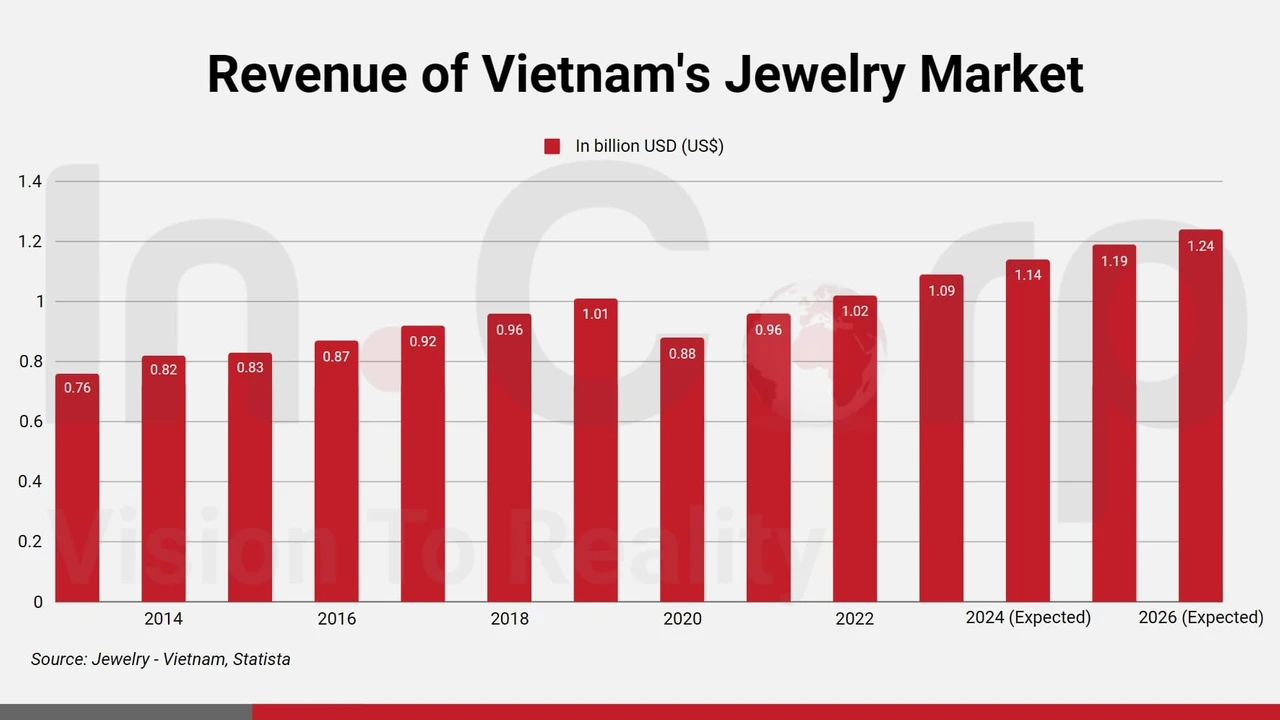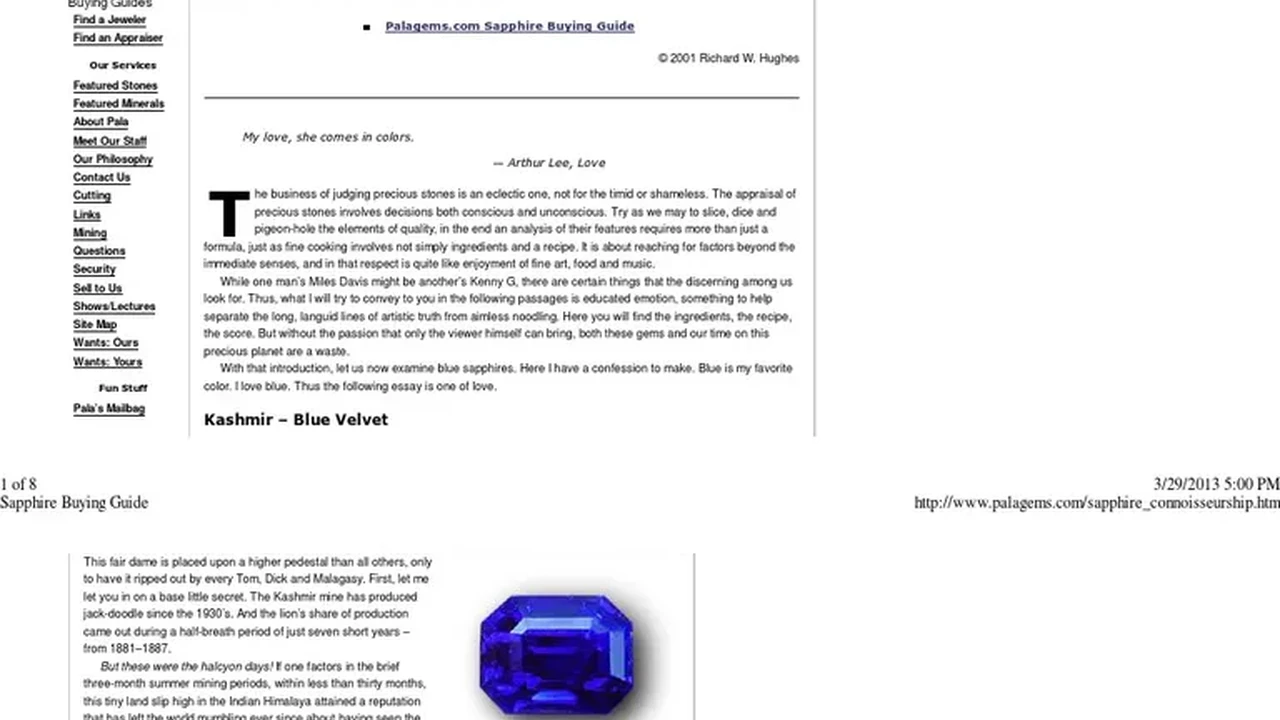Turquoise in Antique Jewelry A Southwestern Gem
Explore the beauty of turquoise in antique jewelry Learn about different types, origins, and cultural significance of turquoise.

What Makes Antique Turquoise Jewelry Special An Introduction
Hey there, jewelry lovers! Let's dive into the captivating world of turquoise in antique jewelry. This isn't just about pretty stones; it's about history, culture, and a connection to the earth. Turquoise, especially when found in antique pieces, tells a story. It speaks of craftsmanship, tradition, and the enduring appeal of natural beauty. We'll explore the different types of turquoise used in antique pieces, their origins, and how to spot a genuine gem. Get ready for a colorful journey!
Different Types of Turquoise Used in Antique Jewelry Understanding the Variety
Turquoise isn't just one thing! It comes in a range of blues and greens, often with matrix (the host rock) running through it. Here are a few types you might encounter in antique jewelry:
- Persian Turquoise: Known for its pure, even blue color, Persian turquoise (often from Iran) is highly prized. Antique pieces featuring this type are considered quite valuable.
- Sleeping Beauty Turquoise: This type, mined in Arizona, is another popular choice for its consistent blue hue and lack of matrix. It's a more modern find, but you might see it in later vintage pieces.
- Kingman Turquoise: Also from Arizona, Kingman turquoise can range from light blue to a deeper, more greenish-blue. It often features a spiderweb matrix, adding to its character.
- Bisbee Turquoise: Another Arizona gem, Bisbee turquoise is known for its deep blue color and smoky matrix. It's relatively rare, making antique pieces featuring it highly sought after.
- Pilot Mountain Turquoise: This Nevada turquoise is famous for its beautiful blue-green colors and striking matrix patterns.
The matrix itself can be a beautiful feature. Spiderwebbing, mottling, or contrasting colors within the matrix can enhance the stone's unique appeal. Don't automatically dismiss a piece because it has matrix; it can be a sign of authenticity and character.
Origins of Antique Turquoise Jewelry Where Did it Come From
Turquoise has been cherished for centuries, and its history is intertwined with various cultures. In the United States, turquoise is particularly associated with Native American jewelry from the Southwest. Pieces from tribes like the Navajo, Zuni, and Hopi are highly collectible. These pieces often feature intricate silverwork and symbolic designs. Beyond the US, turquoise has a long history in Persia (modern-day Iran) and Egypt. Antique Persian turquoise jewelry can be incredibly exquisite, showcasing the stone's pure blue color and masterful craftsmanship. The Egyptians used turquoise extensively in their jewelry and funerary objects, believing it had protective powers.
The Cultural Significance of Turquoise in Antique Jewelry A Deeper Meaning
Turquoise isn't just a pretty stone; it holds deep cultural significance. For many Native American tribes, turquoise represents protection, good fortune, and connection to the earth and sky. It's often used in ceremonies and rituals, and the jewelry is more than just adornment; it's a symbol of identity and heritage. In other cultures, turquoise is associated with healing, prosperity, and love. It's believed to bring good luck and ward off negative energy. When you wear or collect antique turquoise jewelry, you're not just wearing a beautiful piece; you're connecting with these rich cultural traditions and beliefs.
Spotting Authentic Antique Turquoise Jewelry Tips and Tricks
Okay, let's talk about authenticity. Unfortunately, there's a lot of fake turquoise out there. Here's how to increase your chances of finding the real deal:
- Look at the Color: Natural turquoise has variations in color. A perfectly uniform, bright blue might be a sign that it's been treated or is a synthetic stone.
- Examine the Matrix: If the matrix looks too perfect or unnatural, be cautious. Natural matrix has irregularities and variations.
- Check the Back: Look at the back of the stone and the setting. Antique jewelry often has signs of wear and age. The metal might be tarnished, and the stone might have slight imperfections.
- Test the Hardness: Turquoise is relatively soft. You can gently scratch it with a steel needle (in an inconspicuous area, of course!). If it scratches easily, it might be a softer stone dyed to look like turquoise.
- Consider the Source: Buy from reputable dealers who specialize in antique and estate jewelry. They should be able to provide information about the piece's history and authenticity.
- Get an Appraisal: If you're investing in a significant piece, consider getting it appraised by a qualified gemologist.
Caring for Your Antique Turquoise Jewelry Preserving its Beauty
Turquoise is a relatively soft stone, so it needs special care:
- Avoid Harsh Chemicals: Don't expose your turquoise jewelry to harsh chemicals like household cleaners, perfumes, or hairspray.
- Clean Gently: Clean your turquoise jewelry with a soft, damp cloth. Avoid soaking it in water.
- Store Properly: Store your turquoise jewelry in a soft pouch or jewelry box to prevent scratches.
- Avoid Extreme Temperatures: Don't expose your turquoise jewelry to extreme temperatures or direct sunlight, as this can cause it to fade or crack.
Antique Turquoise Jewelry Product Recommendations and Comparisons
Alright, let's look at some examples! Remember, prices can vary greatly depending on the quality of the turquoise, the craftsmanship, the age, and the provenance of the piece.
Navajo Silver and Turquoise Squash Blossom Necklace
Description: A classic Navajo squash blossom necklace featuring hand-stamped silver beads, naja pendant, and multiple turquoise cabochons. The turquoise is likely Kingman or Sleeping Beauty.
Usage Scenario: Perfect for adding a touch of Southwestern flair to any outfit. Great for casual wear or dressing up a bit.
Comparison: Newer versions are readily available, but antique versions will have a patina and unique character. Check the silverwork for signs of age and the turquoise for natural variations.
Estimated Price: $500 - $2000 (depending on age, quality, and size)
Victorian Turquoise and Seed Pearl Brooch
Description: A delicate Victorian brooch featuring small turquoise cabochons and seed pearls set in gold or silver. The turquoise is likely Persian.
Usage Scenario: A charming addition to a lapel, scarf, or even a hat. Adds a touch of vintage elegance.
Comparison: Look for brooches with intact pearls and securely set turquoise. Be aware that Victorian jewelry is delicate and requires careful handling.
Estimated Price: $300 - $800 (depending on size, materials, and condition)
Zuni Turquoise Petit Point Ring
Description: A Zuni ring featuring numerous small, individually set turquoise stones (petit point) in a sterling silver setting.
Usage Scenario: A unique and eye-catching ring that showcases the intricate craftsmanship of Zuni artisans.
Comparison: These rings require meticulous work. Make sure all the stones are present and securely set. Look for rings with a well-defined design and a comfortable fit.
Estimated Price: $200 - $600 (depending on size, quality, and design)
Edwardian Turquoise and Diamond Pendant
Description: An elegant Edwardian pendant featuring a central turquoise cabochon surrounded by small diamonds, set in platinum or white gold.
Usage Scenario: A sophisticated piece perfect for special occasions or adding a touch of glamour to everyday wear.
Comparison: Examine the diamonds for clarity and brilliance. Ensure the turquoise is securely set and free from cracks. Check the metal for hallmarks indicating its purity and origin.
Estimated Price: $1000 - $3000+ (depending on size, quality of diamonds, and materials)
Antique Turquoise Jewelry in the USA and Southeast Asia A Regional Perspective
While turquoise is strongly associated with the American Southwest, it also holds significance in Southeast Asia. In some cultures, turquoise is believed to have protective properties and is used in amulets and talismans. You might find antique turquoise beads incorporated into traditional jewelry or used in decorative objects. Prices and styles will vary depending on the region and the specific cultural traditions.
Final Thoughts on Antique Turquoise Jewelry
Antique turquoise jewelry is more than just adornment; it's a connection to history, culture, and the natural world. Whether you're drawn to the vibrant blue of Persian turquoise or the intricate silverwork of Navajo jewelry, there's a piece out there that speaks to you. Happy hunting!
:max_bytes(150000):strip_icc()/277019-baked-pork-chops-with-cream-of-mushroom-soup-DDMFS-beauty-4x3-BG-7505-5762b731cf30447d9cbbbbbf387beafa.jpg)






